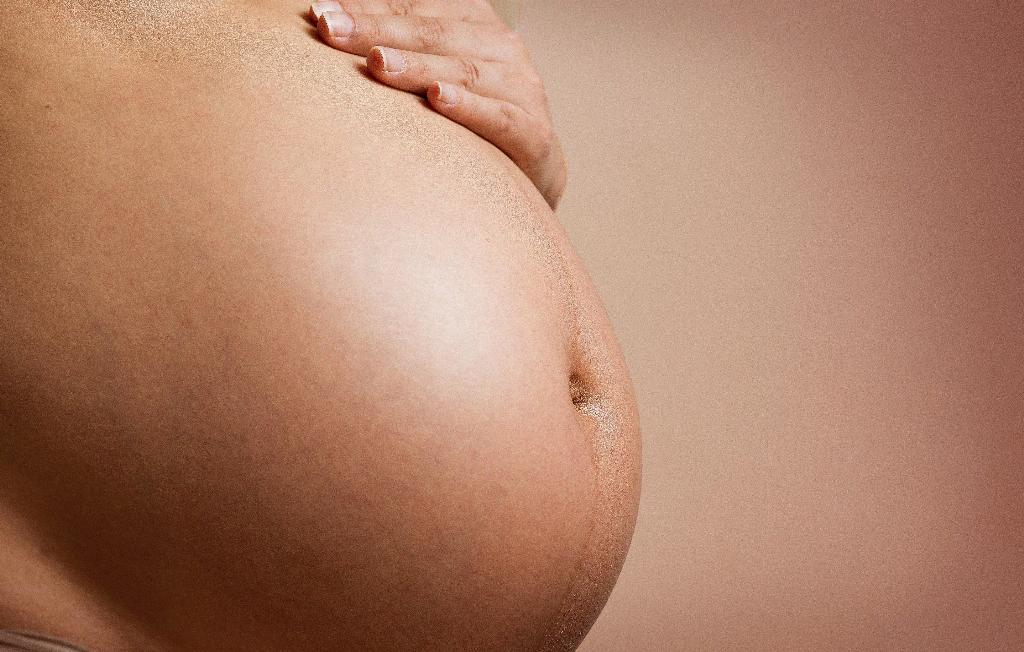As your body undergoes changes during pregnancy, it is common to experience discomfort, including groin pain. This discomfort can be caused by various factors such as the increased weight of the growing baby, hormonal changes, and the stretching of ligaments to accommodate the expanding uterus.
Seeking Professional Guidance
If you are experiencing groin pain during pregnancy, it is essential to consult your OB/GYN to rule out any underlying issues. Your healthcare provider can provide personalized guidance and recommendations based on your specific situation.
Utilizing Kegel Exercises
Kegel exercises are a beneficial way to strengthen the pelvic floor muscles, which can help alleviate groin pain during pregnancy. These exercises involve contracting and relaxing the muscles that support the uterus, bladder, and bowel.
Engaging in Pelvic Tilts
Pelvic tilts are another effective method for reducing groin pain during pregnancy. This simple exercise involves lying on your back with bent knees and tilting your pelvis to engage the core muscles and relieve pressure on the groin area.
Exploring Heat and Cold Therapy
Applying heat or cold therapy to the affected area can provide relief from groin pain during pregnancy. A warm compress or ice pack can help reduce inflammation and soothe sore muscles in the pelvic region.
Practicing Good Posture
Maintaining proper posture is crucial for reducing strain on your pelvic muscles and alleviating groin pain. Be mindful of your body alignment while sitting, standing, and walking to prevent unnecessary pressure on the groin area.
Wearing Supportive Maternity Clothing
Investing in supportive maternity clothing, such as belly bands or maternity belts, can provide additional support for your growing belly and alleviate strain on the pelvic muscles. These garments can help distribute weight more evenly and reduce discomfort in the groin area.
Engaging in Low-Impact Exercises
Low-impact exercises, such as swimming, prenatal yoga, or walking, can help improve circulation, strengthen muscles, and reduce groin pain during pregnancy. Consult your healthcare provider before starting any new exercise routine.
Getting Sufficient Rest
Ensuring you get an adequate amount of rest and sleep is essential for managing groin pain during pregnancy. Listen to your body’s cues and take breaks when needed to prevent overexertion and reduce discomfort in the pelvic region.
Applying Massage Techniques
Gentle massage techniques, such as circular motions or kneading, can help relax tight muscles and improve circulation in the groin area. Consider seeking the expertise of a prenatal massage therapist for tailored care.
Practicing Prenatal Yoga
Prenatal yoga offers a gentle and effective way to stretch and strengthen the pelvic muscles, improve flexibility, and alleviate groin pain during pregnancy. Attend classes specifically designed for expectant mothers to ensure safe and appropriate exercises.
Staying Hydrated
Proper hydration is essential for maintaining overall health and reducing muscle cramps and discomfort during pregnancy. Drink an adequate amount of water throughout the day to stay hydrated and support optimal muscle function.
Listening to Your Body
Above all, listen to your body and pay attention to any signs of discomfort or pain during pregnancy. Communicate openly with your healthcare provider about your symptoms and concerns to receive the support and care you need for a healthy pregnancy.

